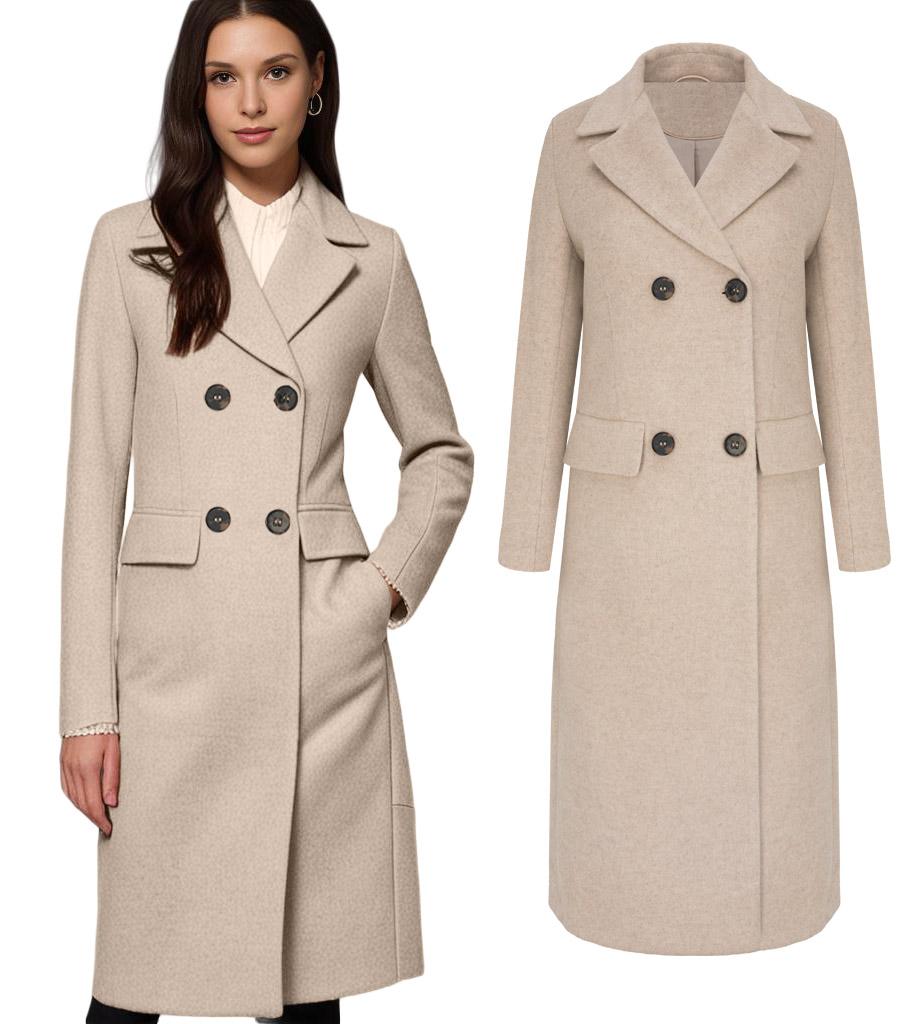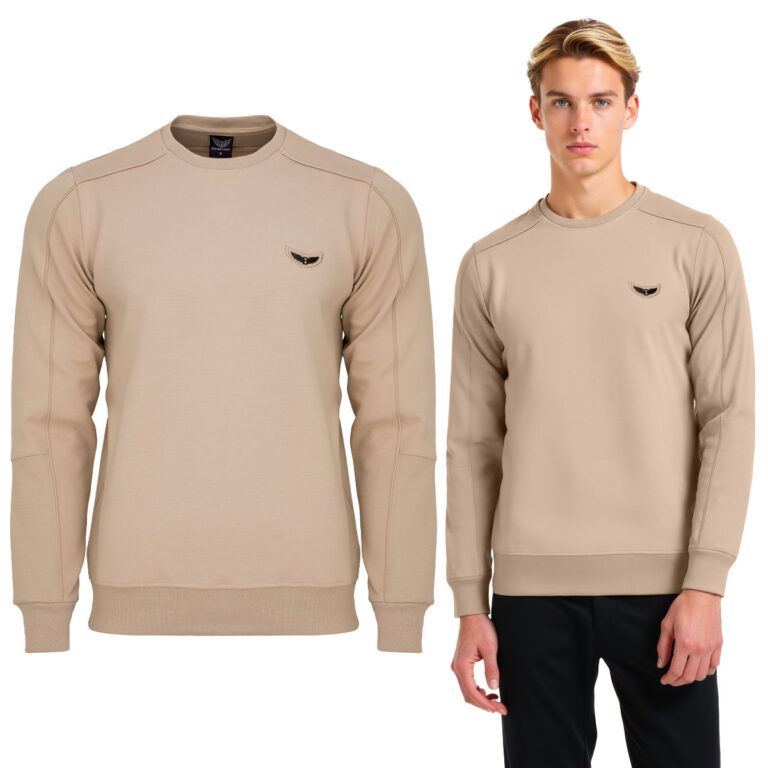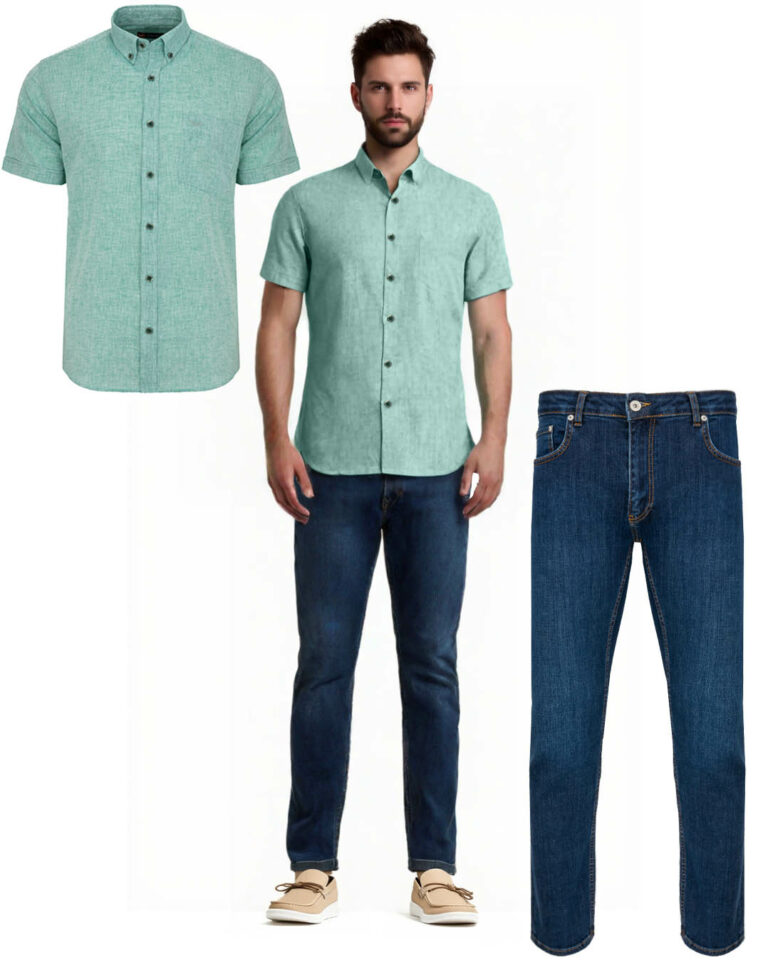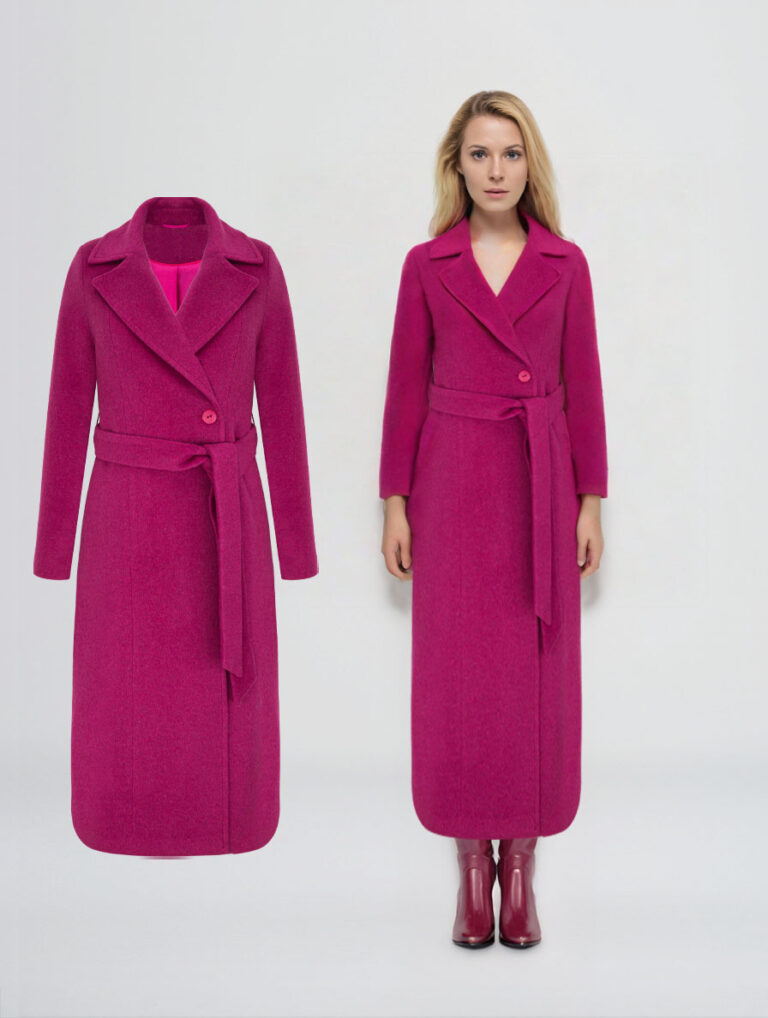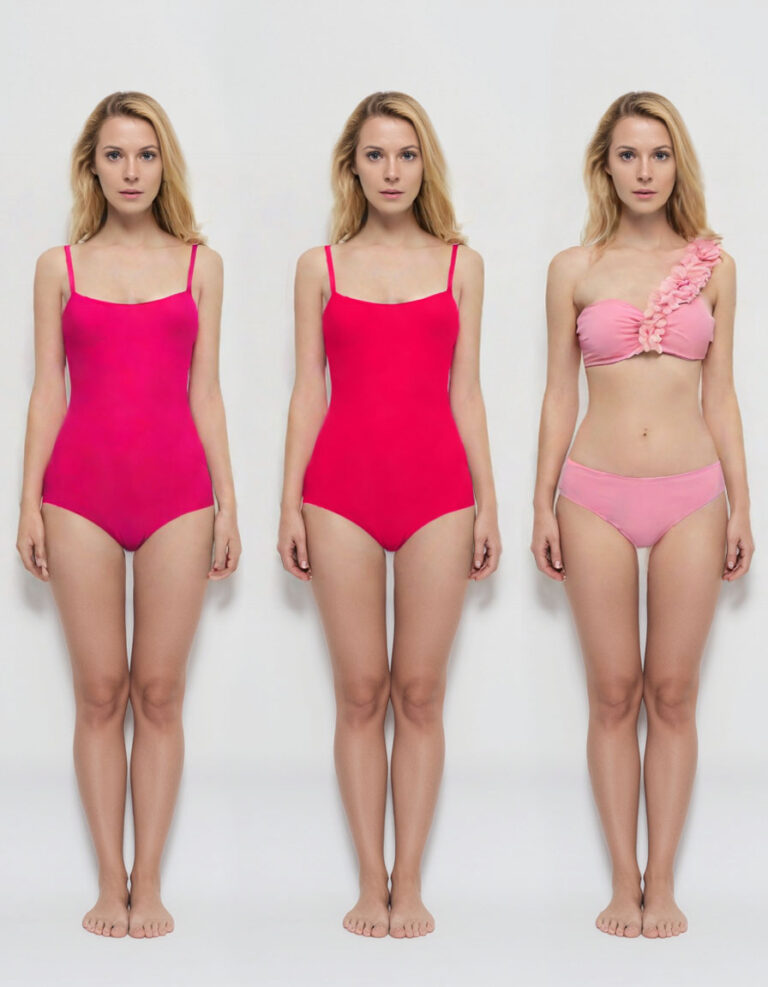The Application of AI Models in Product Photography
Product photography plays a key role in e-commerce, influencing customers’ purchasing decisions. With the development of artificial intelligence technology, new possibilities have emerged in presenting clothing that eliminate the need for traditional photography methods. AI models are revolutionizing the way brands showcase their products, offering greater flexibility, consistency, and time savings.
Virtual AI Models Instead of Traditional Photoshoots
Traditional photoshoots featuring models require extensive organization, studio rentals, the engagement of photographers, and styling teams, which generate high costs. AI models eliminate these needs by enabling the realistic generation of silhouettes tailored to specific garments. Thanks to artificial intelligence, it is now possible to create virtual models with a consistent look that are adapted to a brand’s aesthetic and customer preferences.
From Flat Lays to Ghost Mannequin Shots
Product photography often involves two main techniques for presenting clothing: flat lays and ghost mannequin shots. AI models elevate these photography forms to a new level.
Flat Lays – Traditionally, clothing is photographed on a uniform background and requires additional graphic editing to appear attractive. With AI, it is possible to virtually „dress” the clothing on a model, giving the product a realistic shape and dynamism.
Ghost Mannequin Shots – This technique involves presenting clothing on an invisible mannequin, which creates the effect of a natural fit. In a photo taken with an invisible mannequin, an AI model can be used to adjust the shape of the garment to a chosen silhouette, resulting in a perfectly fitted and professional outcome.
Advantages of AI Models in Product Photography
Visual Consistency – AI models provide a uniform presentation of products, which is difficult to achieve with traditional photoshoots.
Time and Cost Savings – The elimination of the need to organize physical photoshoots significantly reduces expenses and labor time.
Personalization – There is the ability to customize the model’s appearance, including poses and expressions, to meet the brand’s needs.
Quick Editing – If necessary, changing the background, styling, or pose can be accomplished in moments without the need for a reshoot.
The Future of Product Photography
AI models represent the future of the e-commerce industry, offering new and efficient ways to present clothing. With the dynamic evolution of technology, further innovations are expected, such as the ability to generate a model based on photographs of a specific person or full integration with virtual fitting rooms. Artificial intelligence opens new possibilities for brands aiming to offer customers the highest quality visual product presentations.

